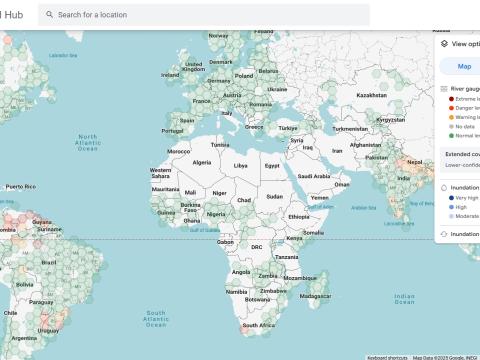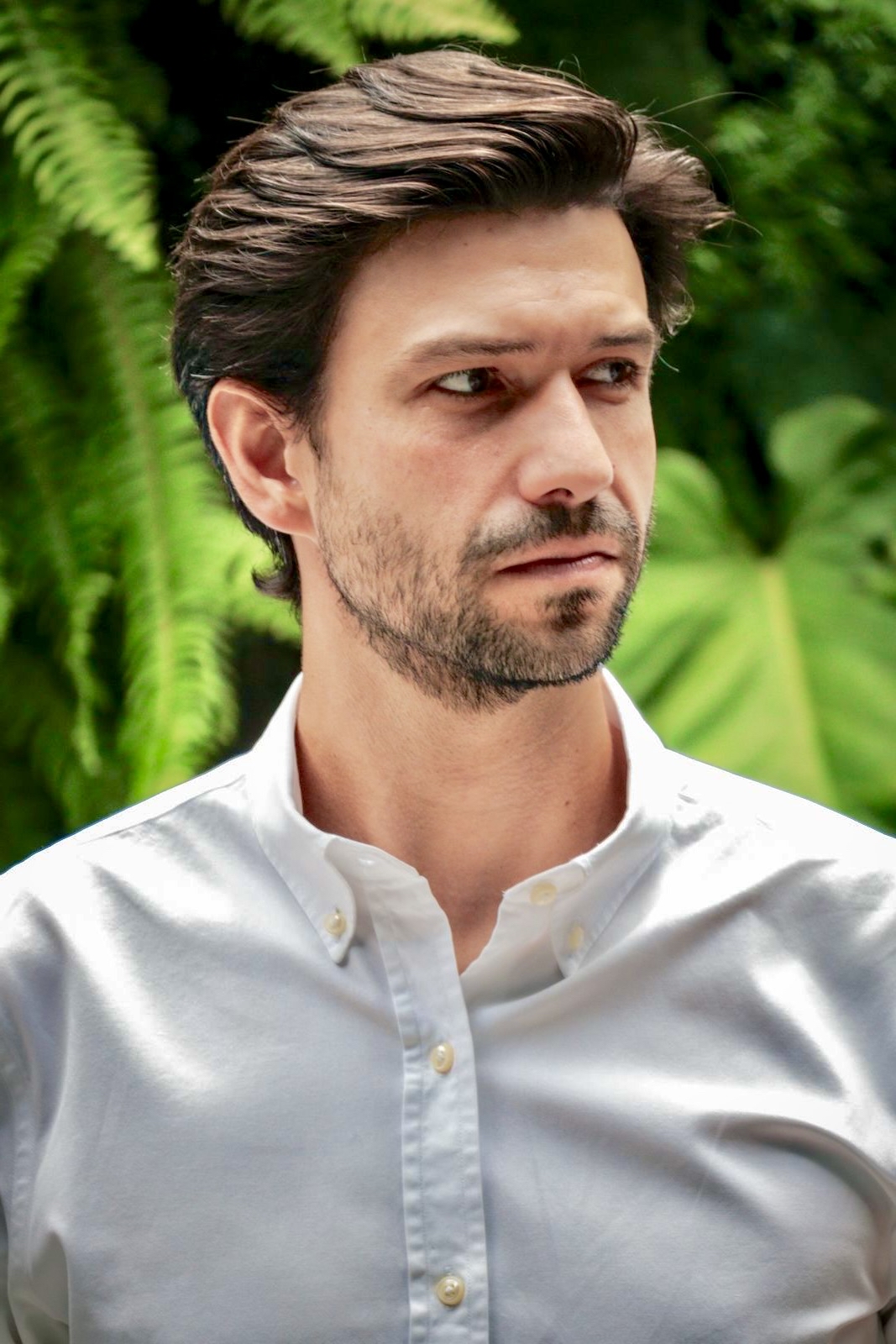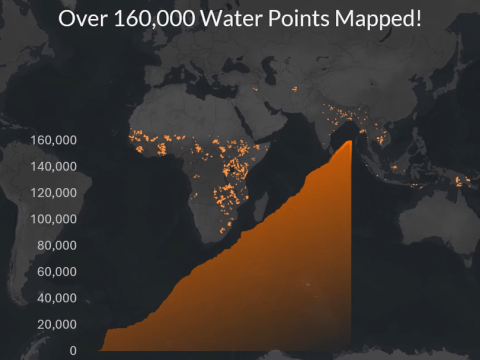
Embracing artificial intelligence to strengthen emergency responses
Thiago Crucciti explains that an alliance between World Vision and Google combines and leverages science, data and compassion for Brazilians affected by the climate crisis.
With floods, droughts and climate displacement increasing in frequency and magnitude, World Vision Brazil and Google have forged an innovative partnership using cutting-edge technologies to enhance humanitarian responses to disasters.
At the heart of this is AI-powered Flood Hub, a predictive tool developed by Google, that provides prognostic insights on heavy rains and river levels. The platform predicts floods up to seven days in advance across more than 100 countries. Its visual interface simplifies visualisation of multiple real-time data points.
Flood Hub improves World Vision’s monitoring, forecast reporting, community preparedness efforts, donor engagement, and response effectiveness. As a key humanitarian actor, we embrace innovation as a strategy to enhance effectiveness and impact within increasingly complex and challenging humanitarian crises. More than a technical tool, the use of this technology signals a new mindset: that of an organization seeking to lead innovative solutions to protect the most vulnerable.
How AI improves our responsiveness
The alliance between Google and World Vision Brazil started in April 2024. As a result of this partnership, World Vision Brazil incorporated Flood Hub into its regular monitoring workstream, yielding more precise context situational assessments and aid deployment plans. World Vision Brazil has responded to multiple emergencies across seven states using this technology. Flood Hub has been instrumental in monitoring, assessing and responding to events affecting states such as Santa Catarina (Joinville, Araquari, São Francisco do Sul), Paraná (São José dos Pinhais, Curitiba, Colombo) Espírito Santo (Rio Bananal), and São Paulo (Peruíbe, São Paulo, Santos, Praia Grande).
The technology has enabled timely and large-scale responses such as the floods in Rio Grande do Sul, where World Vision reached nearly 250,000 people, distributed 1,920,000 litres of purified water, 420 tons of food, and more than 1.4 million hygiene and protection items. For this emergency, World Vision Brazil mobilized over US$3.1 million.
In such a geographically vast and diverse country like Brazil, the platform supports WV Brazil’s anticipatory action and mitigation efforts, by providing data to assess forecasts of rising river flows leading to dangerous levels, especially in densely populated areas. Currently, World Vision Brazil is training local civil defence bureaus in the use of Flood Hub to strengthen data analysis capabilities to anticipate, mitigate and respond to emergencies themselves.
Stronger ties for anticipatory action
In its annual event, Google for Brazil 2025, the tech giant featured our joint venture and introduced World Vision as a strategic partner in the global launch of the newest version of Flood Hub. What began with a visit from the Google team to World Vision’s base in the Amazon, in 2023, has evolved into an alliance that connects science, data, and compassion for those in need.
As traditional humanitarian funding streams continue to shrink, our organisation has been reinventing itself to remain relevant. This implies pursuing valuable resources such as knowledge, data, innovation, and collaboration with non-traditional actors outside of the humanitarian radar.
Innovation, as a strategy to strengthen our relevance and positioning, has been strongly encouraged by World Vision’s leadership across Latin America and the Caribbean. The Brazilian case shows that it is possible to combine territorial presence, community engagement, and emerging technologies to expand both the breadth and depth of our responses.
The fact that this partnership was born in the Amazon — a region central to global discussions on climate justice and the stage for the upcoming COP30 — only reinforces the symbolic and strategic potential of the Amazon Basin climate initiative.
World Vision Brazil aims to remain an organization that priorities children in the most vulnerable situations. To do that and scale our impact, we will use every resource available — especially that which comes from creativity, science, and the courage to do things differently.
Learn more about World Vision Brazil's work click here
Learn more about Flood Hub by watching this video
Thiago Crucciti is National Director and CEO of World Vision Brazil. He is a leader with extensive experience of innovation and developing of products and digital platforms with high social impact, working with aid agencies and the UN.



